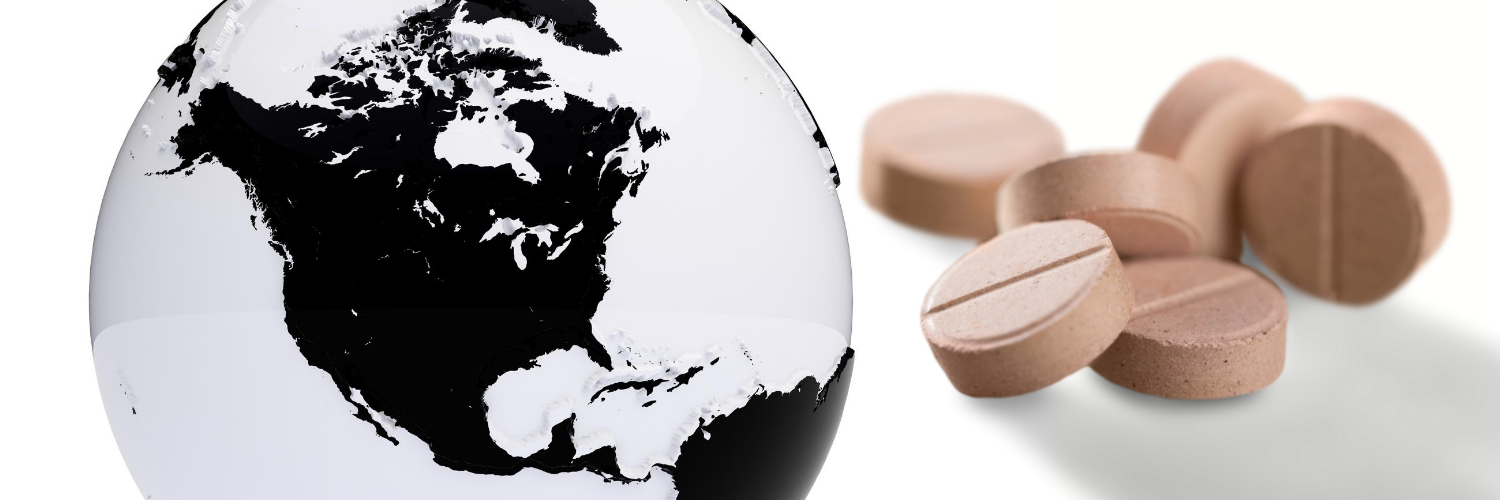What are the requirements to receive Medicaid?

Many Americans struggling with their prescription drug bills could benefit from Medicaid. Especially if you are uninsured, you should find out if you qualify.
Medicaid is the nation’s federal and state health insurance program for Americans with low incomes. Per the federal government’s minimum requirements, the program covers children, low-income pregnant women, people with certain disabilities, and, in many but not all cases, low-income adults.
The federal government created Medicaid in 1965 as part of the same amendment to the Social Security Act that created Medicare. It is the largest government public assistance program in the country with 20% of the population enrolled. According to Medicaid.gov, the program currently covers 64.7 million people.
Medicaid has strict parameters for enrollment, ones based on a combination of income, residence, and need. However, Medicaid (unlike Medicare) is operated by state-level governments (i.e. Alabama, California, Michigan, and New York), which means enrollment requirements and benefits vary from state to state. Healthcare.gov provides a handy calculator that can tell you whether you are qualified to enroll. So, you can start there: Plug in your household size and your residence to find out if you qualify:
See if you qualify for Medicaid coverage
If I don’t qualify for Medicaid, what are my drug savings options?
If you do not qualify for Medicaid, consider other prescription drug savings options. PharmacyChecker’s main goal is to help you afford prescription drugs. We identify the safest international online pharmacies and compare their drug prices with local pharmacy prices in the U.S. Our U.S. Prescription Discount Card also helps patients save a lot of money at local pharmacies. There are also patient assistance programs out there that can potentially help you.
How much do I have to make to qualify for Medicaid?
The salary maximum varies from state to state and depends on your household size. The numbers are set as a percentage of the Federal Poverty Level (FPL) Income Guidelines, and the government uses Modified Adjusted Gross Income (MAGI) to determine your eligibility. In 2019, the FPL for a household of one was $12,490. For two, it was $16,910, and for three it was $21,330.
See Percentages Required For Each State
Read: I’m Turning 26. What Should I Do About Health Insurance?
Is Medicaid based on income or assets or both?
Modified Adjusted Gross Income (MAGI) is a newer system that does not allow for the evaluation of assets or resources. MAGI is essentially your adjusted gross income – your total taxable income — plus various deductions like student loan deductions or exclusions for retirement funds like Roth IRA contributions.
However, when a Medicaid enrollee is applying for long-term care, there is a “look back” rule (aka, The 5-Year Rule) that does apply to assets. More on that below. In this case, “assets” refers to items like bank accounts, stocks and bonds. Certain assets are exempt, like Roth IRAs and one’s primary residence.
What is the 5-Year rule or “look back” rule?
The five-year rule refers to the “look back” rule, a Medicaid evaluation process which evaluates a person’s gifts and transfers from five years before they applied for Medicaid. The rule only applies when one is applying for long-term care. Medicaid will kick in to pay for long-term care only after an enrollee’s assets are totally extinguished. This means that things like savings accounts may prevent someone from obtaining long-term care funded by Medicaid. The obvious solution would be to gift the money– give it away to a spouse, a child, or even a charity. But Medicaid evaluates these gifts. If an enrollee made a gift or transfer within five years (or 60 months) of applying for long-term care, there will be a penalty.
When can I register for Medicaid?
You can register for Medicaid at any time of the year. Other healthcare plans have an “enrollment period” which lasts a few months – but is open to extensions, depending on your situation.
In addition, you may apply for Emergency Medicaid, in the event that you find yourself uninsured and in the emergency room. Emergency Medicaid can only be applied for in the event of a true emergency – one that has the patient (who is uninsured) in imminent danger. If you do end up applying for emergency Medicaid, you will have to proffer recent pay stubs, a utility bill, bank statements, and an identification card.
See: Do online pharmacies accept U.S. Medicare insurance?
What does Medicaid coverage include?
The federal government requires that, at minimum, a state-run Medicaid program provides coverage for inpatient and outpatient care, rural health services, family planning, and smoking cessation for pregnant women, among others. The glaring exception in the “mandatory coverage” category is prescription drugs: Medicaid is not federally mandated to cover prescription drugs. However, all states provide prescription drug coverage in Medicaid. Other non-mandatory medical expenses include physical therapy, occupational therapy, and podiatry.
See: Understanding medicaid and eligibility: a state-by-state guide
What does Medicaid prescription drug coverage include?
Medicaid prescription drug coverage is determined by states: many include copayments and, for those with higher incomes, co-insurance (a percentage of a drug’s costs). Copayments are very low for Medicaid enrollees at or below 150% of the FPL. That goes for preferred drugs, generics and brands, but even non-preferred drug copays are low. In Pennsylvania, for example, the copay for generics and brands is $1 and $3, respectively. In Montana, preferred brands are $4 and non-preferred brands are $8. Mississippi charges a copayment of $3. Many states do not charge a copayment for generics at all and other states, including Rhode Island and Texas, do not have copayments for generics or brands.
If your income is higher than 150% of the poverty level, then the prescription drug costs can be substantial – you may have to pay up to 20% of a drug’s cost for non-preferred drugs.
Can Medicaid look at my bank account?
No. States confirm Medicaid eligibility by using “available electronic data.” That means the government uses tax records to confirm that your income is what you say it is.
Does Medicaid pay for eyeglasses?
The federal government does not force states to provide eyeglasses. Eyeglasses are included under “optional expenses” for some states. For example, the state of Alabama will cover one pair of eyeglasses per three years. Other states offer one pair every 24 months. In contrast to eyewear, most states cover visits to the optometrist.
Does Medicaid cover dental care for adults in 2019?
Once again, Medicaid does not need to provide dental coverage. Per Medicaid.gov, many states do provide emergency dental coverage, but not regular coverage for check-ups.
See Mandatory & Optional Medicaid Benefits
Learn more about medication costs and ways to afford your prescription drug bill
How would Medicare For All affect my health insurance?
Is health insurance worth it? Why is COBRA so expensive?
How can patients reduce prescription drug costs at the pharmacy counter?
Do you have questions or concerns about prescription drug savings, whether locally or online? We’re here to help.
Comment below or ask a question by logging in to My PharmacyChecker.




